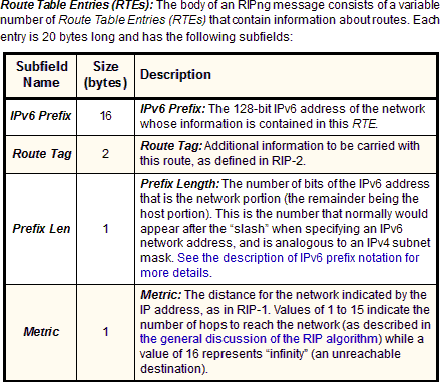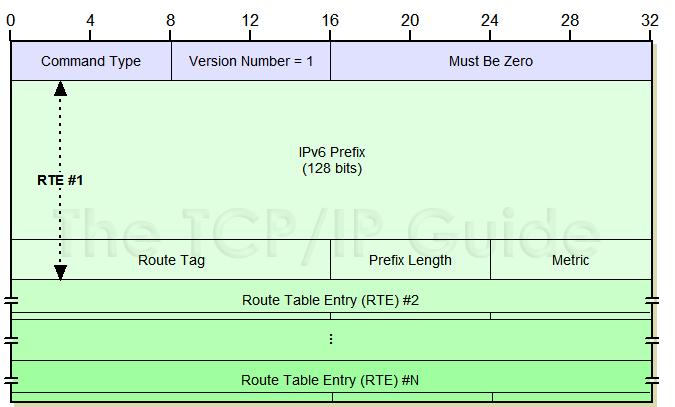 |
|
Please Whitelist This Site?
I know everyone hates ads. But please understand that I am providing premium content for free that takes hundreds of hours of time to research and write. I don't want to go to a pay-only model like some sites, but when more and more people block ads, I end up working for free. And I have a family to support, just like you. :)
If you like The TCP/IP Guide, please consider the download version. It's priced very economically and you can read all of it in a convenient format without ads.
If you want to use this site for free, I'd be grateful if you could add the site to the whitelist for Adblock. To do so, just open the Adblock menu and select "Disable on tcpipguide.com". Or go to the Tools menu and select "Adblock Plus Preferences...". Then click "Add Filter..." at the bottom, and add this string: "@@||tcpipguide.com^$document". Then just click OK.
Thanks for your understanding!
Sincerely, Charles Kozierok
Author and Publisher, The TCP/IP Guide
|
|
|

Custom Search
|
|
RIPng ("RIPv6") Message Format and Features
(Page 3 of 3)
RIPng Message Format
The message format for RIPng is similar to that of RIP-1 and RIP-2, except for the format of the Route Table Entries; it is shown in Table 122 and Figure 178.
Field Name |
Size (bytes) |
Description |
Command |
1 |
Command Type: Identifies the type of RIPng message being sent. A value of 1 indicates an RIPng Request, while 2 means an RIPng Response. |
Version |
1 |
Version Number: Set to 1 (not 6, since this is the first version of the new protocol RIPng.) |
Must Be Zero |
2 |
Reserved: Field reserved; value must be set to all zeroes. |
Route Table Entries (RTEs) |
Variable |

|
|
The maximum number of RTEs in RIPng is not restricted to 25 as it is in RIP-1 and RIP-2. It is limited only by the maximum transmission unit (MTU) of the network over which the message is being sent.
|
When a Next Hop needs to be specified, a special RTE is included as I mentioned before. This RTE is included before all the RTEs to which it applies. It has the same basic structure as shown for regular RTEs in Table 122, with the IPv6 Prefix subfield containing the next hop address, the Route Tag and Prefix Len fields set to 0, and the Metric field set to 255 (0xFF).

|
| |||||||||||||||||||
Home - Table Of Contents - Contact Us
The TCP/IP Guide (http://www.TCPIPGuide.com)
Version 3.0 - Version Date: September 20, 2005
© Copyright 2001-2005 Charles M. Kozierok. All Rights Reserved.
Not responsible for any loss resulting from the use of this site.








 Key Concept: RIPng is the version of RIP that was developed for use on IPv6 internetworks. It is technically a distinct protocol from RIP-1 and RIP-2 but is very similar to both. It retains the enhancements to RIP made in RIP-2, making changes to these features and to the RIP message format where needed for compatibility with IPv6.
Key Concept: RIPng is the version of RIP that was developed for use on IPv6 internetworks. It is technically a distinct protocol from RIP-1 and RIP-2 but is very similar to both. It retains the enhancements to RIP made in RIP-2, making changes to these features and to the RIP message format where needed for compatibility with IPv6.